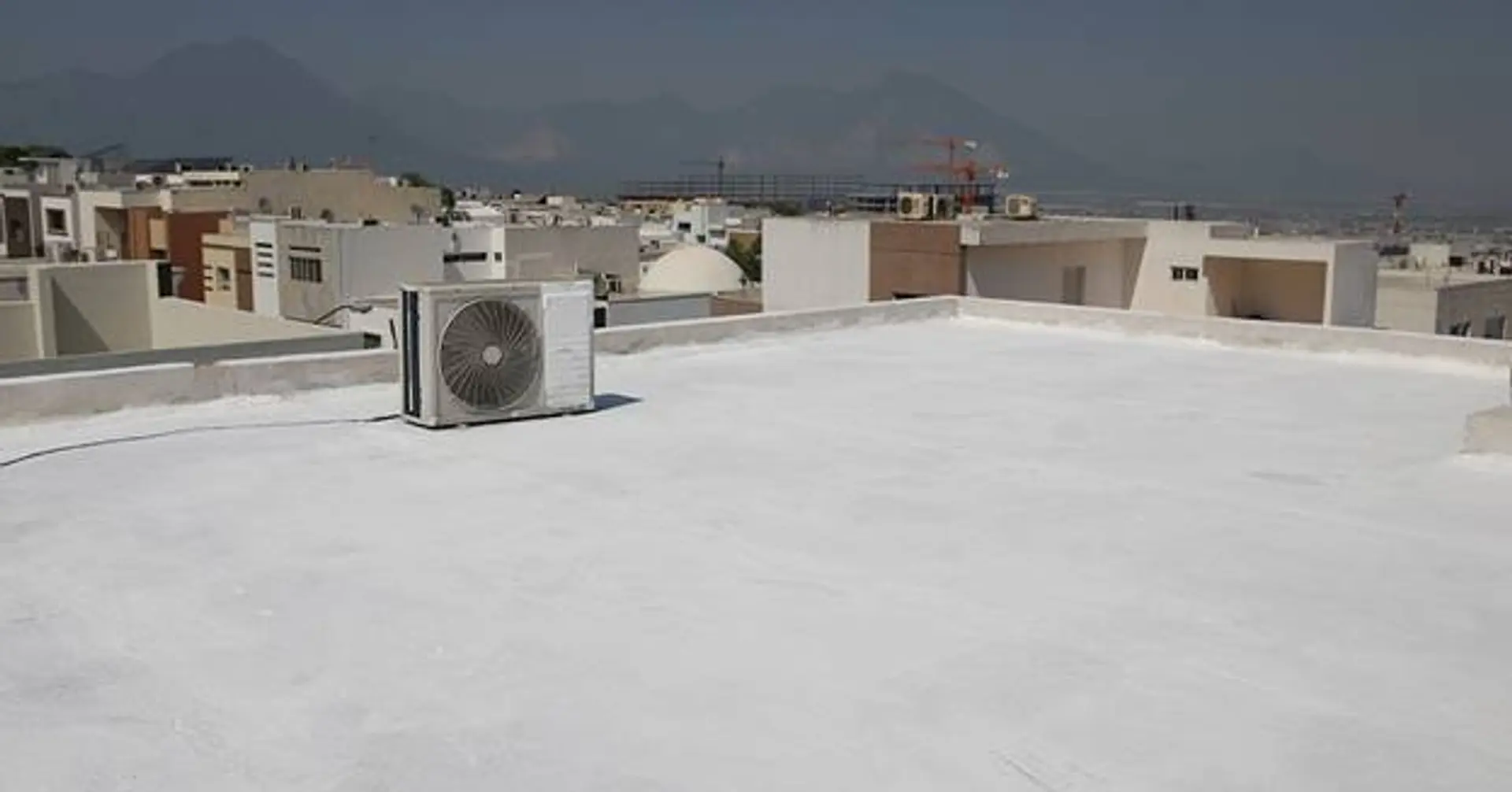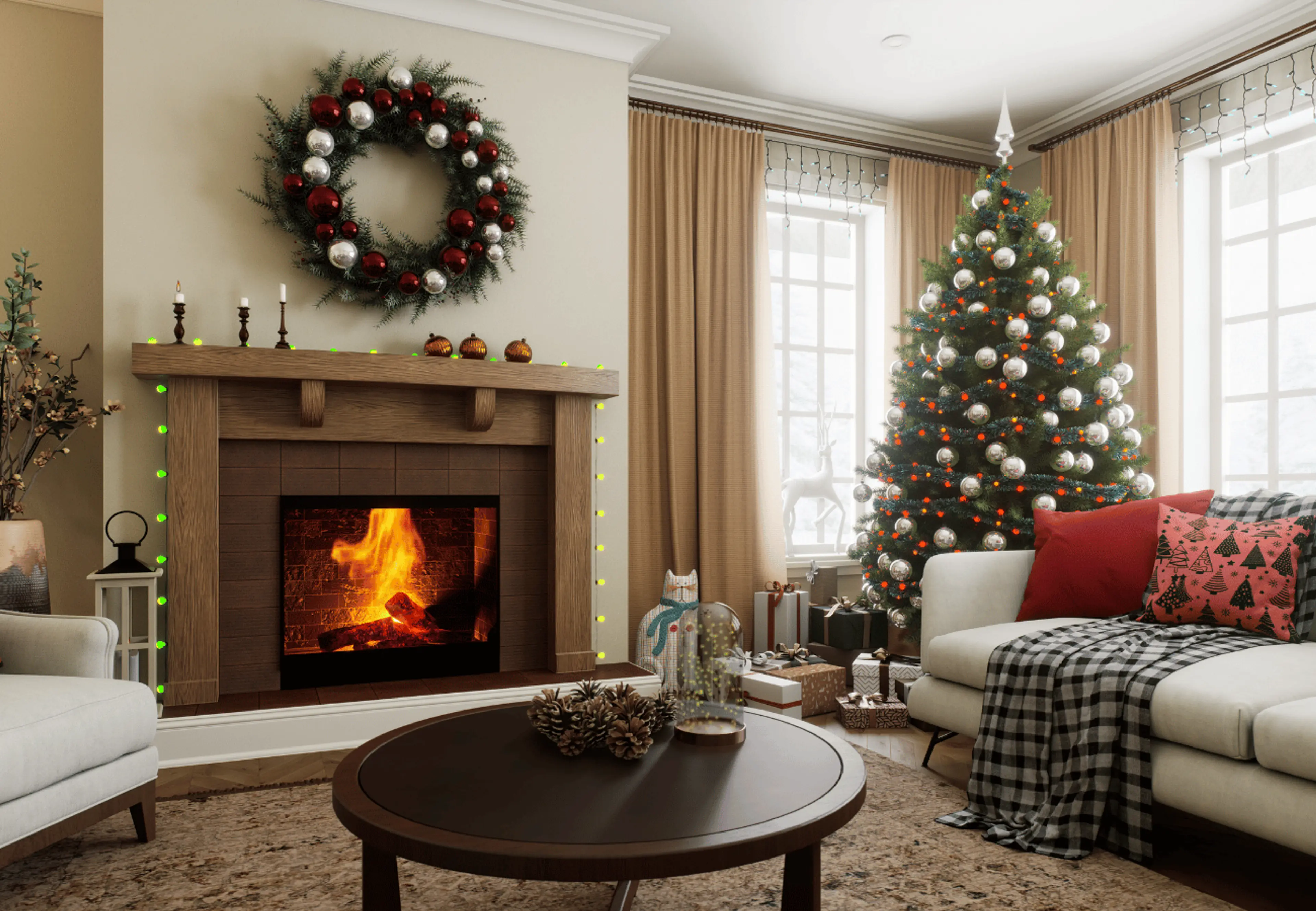Top 10 Ways Keep Your House Cool During The Summers

 Apr , 2025
Apr , 2025- Berger Speaks
- 5 Min Read
If you resort to cranking up the air conditioning to cope with the sweltering summer heat, you are alone. In fact, going by some reports, India’s cooling energy consumption is said to grow around 2.2 times by 2027, perhaps a desperate attempt to deal with rapidly warming temperatures around the globe. However, there are ways you can keep your home cool naturally. These 8 smart tips will help you preserve the environment, cut down electricity costs and create a budget-friendly summer paradise.
Why Summer-Proofing Your Home Matters?
The rising temperature demands that you prepare your house for summer to ensure comfort while also providing defence against the heat. Too much heat exposure creates overly warm living spaces that put additional pressure on cooling systems and drive up utility expenses. The damaging effects of extreme sunlight go beyond discomfort by making wall paint fade, weakening furniture materials, and breaking down fabric materials in the long term.
Home preparation for summer creates dual advantages by reducing heat while protecting your interiors from early deterioration. Implementing basic summer-proofing through heat-reflective paint applications combined with thermal curtain use and ventilation enhancements delivers evident benefits to indoor comfort. Such steps minimise heat entry into the house, thus maintaining comfortable indoor temperatures while safeguarding your home's structure.
Summer-proofing is a forward-thinking strategy when deciding how to keep house cool in summer. This strategy delivers enhanced daily living while lowering power consumption and protecting your house from seasonal deterioration. A short period of planning and effort now will establish both ongoing comfort and protection throughout your entire summer season.
Exterior Wall Paints That Defend Against Heat
Exterior walls become extremely hot during summertime heat waves, thus making spaces hotter and requiring increased cooling. Heat-reflective exterior paints function as practical climate control through their ability to reflect sunlight and infrared rays, subsequently reducing wall surface temperature. This heat reflection technique eventually creates better living comfort and contributes to increased energy efficiency in buildings.
The WeatherCoat Anti Dustt Kool from Berger presents itself as an attractive option. Its heat-reflective technology decreases heat accumulation on external wall surfaces and roofing systems. This paint stands out because it combines dust resistance with its properties, which results in effortless exterior maintenance that extends its aesthetic appeal over time.
The two protective features of this product make it ideal for homes that experience direct sunlight and dust exposure. Using such paint brings dual benefits of temperature control and protection against temperature-based erosion and dust accumulation and damage over time.
What Is The Best Colour To Paint A Room To Keep It Cool?
Wall colour proves to be more influential than most people acknowledge when it comes to summer interior comfort. Light colours together with reflective finishes, work best as room coatings since they draw less heat and lower indoor temperature levels. Using soothing colours creates both psychological relaxation and physical freshness in your room for ease of breathing. Here are some of the top colour paint for summer house interiors, a more inviting home environment:
Cool White Wall Paint
White provides maximum reflection of sunlight and heat, which explains why it functions ideally in hot regions. The widespread use of white paint creates an open and lively environment in all indoor spaces. Cool white paint helps airflow and creates a roomy and fresher space when used on walls and ceilings.
Cool Blue Colour For Walls
Neutral blue tones offer natural cooling properties which create calming effects. When used in decor, the light to medium blue colour tones generate a refreshing atmosphere that is suitable for bedrooms and bathrooms while also working well in living areas. The cool colour palettes create cooler visual effects that reduce heat perception effectively during summer months.
Purple Wall Paint For Summers
Use of lavender or lilac shades with blue undertones will create a refreshing appearance in any space. Purple wall colour creates unique style elements that do not heat up the space while adding personality to interior design. These decorations function perfectly in intimate spaces, reading areas, and soothing relaxation rooms.
Relaxing Green Colour For Walls In Summer
Green mirrors the serenity of nature, bringing an outdoorsy calm indoors. Light greens not only look cool but also feel psychologically soothing. They pair beautifully with neutral or wooden furnishings for a balanced, peaceful space.
Beige Wall Colour To Beat The Heat
Beige is a great alternative to white—still reflective and cool but warmer in tone. It creates a cosy, timeless look and complements a wide range of interiors, from modern to traditional.
If you resort to cranking up the air conditioning to cope with the sweltering summer heat, you are alone. In fact, going by some reports, India’s cooling energy consumption is said to grow around 2.2 times by 2027, perhaps a desperate attempt to deal with rapidly warming temperatures around the globe. However, there are ways you can keep your home cool naturally. These 8 smart tips will help you preserve the environment, cut down electricity costs and create a budget-friendly summer paradise.
Tips To Keep Your Home Cool
Tip 1: Allow Ventilation
Keep the windows open strategically to allow cross ventilation. The best time to do this is from 5 am to 8 am and 8 pm to 10 pm. During these times, the air is pleasant and with proper ventilation, the heat trapped within your house can escape. The temperature drops drastically at night in the summer so keep the windows open to make the most of the cool breeze. Install insect nets on doors and windows to keep mosquitoes and bugs away.
Tip 2: Install Blinds
Windows can absorb the heat from outside and make your interiors extremely hot. It is important to block out the sunrays by installing blinds to keep the unwanted heat away. Close your blinds from 11 am to 4 pm. Invest in breathable and light materials like jute screens or bamboo shades. Avoid dark colour and opt for white or pastel shades. If you are stepping out, remember to keep the curtains and blinds down to stop the room from heating up.Tip 3: Use Natural Fabrics
If you have ever used a leather couch in the summer heat, chances are you must have experienced how hot and sticky the material can feel against your skin. Silk, satin, leather and polyesters tend to absorb heat easily. When it comes to textiles and bedding, opt for linen and cotton upholstery. Light, airy, and breathable fabrics promote ventilation and airflow. They can also instantly brighten up a dull looking room.Tip 4: Incorporate Cool Colours
The dry summer weather conditions make it a good time to paint your walls. Give your home a seasonal upgrade that will look fresh throughout the year. Light colours like pastel yellow, aqua, millennial pink, beige and white work well. The task of painting your house will also give you an opportunity to evaluate your walls and prepare them for the monsoon season. Berger HomeShield Roof Kool & Seal is an exterior waterproofing solution that gives your walls all-round protection from external weather conditions. Consult Home Shield Waterproofing experts if your walls show signs of moisture damage.
Tip 5: Treat Your Roof
Opting for a UV reflective paint for your roof is a smart move since it can help keep the temperature down by a few degrees throughout the house. Berger Weathercoat RoofGuard is a waterproofing coating that is specially designed for the roof. It features heat reflectance technology with good SRI property that provides a cooling effect. The roof guard coating helps reflect harmful ultraviolet rays, limiting heat absorption and leading to lower energy costs and negative environmental impact. Berger PU RoofKoat is an environment-friendly waterproofing compound for exterior wall and roof that has advance UV resistant property, helping your exteriors reflect heat instead of absorbing it. For terrace, roof or parapet, Berger WeatherCoat Kool & Seal reflects infrared radiation to reduce heat build-up. If you live in a hot and humid climate, this coating will give your walls longevity, keeping dust, moisture and bacteria at bay whilst making your home interiors cool and fresh.
Tip 6: Get Smart With Wall Paint
While you are checking out the roof, consider more energy-efficient options for the walls too. Better insulation and cooling properties will help keep your home cooler in extreme heat. If you’ve ever wondered why white coloured clothing is recommended during the summer months, there is a scientific reason behind this. Light colours reflect heat and dark accent wall colours absorb heat. Similar goes for light coloured walls too. If you live in a warm and tropical climate, it is best to switch your wall colours to non-heat absorbing shades like whites and pastels. Black, red and other dark hues absorb exterior heat, rapidly warming up the house. One of the most effective ways of keeping your house cool in the summer months is to opt for cooling and UV-reflective paints in light colours like Berger WeatherCoat range.
Tip 7: Bring In Greenery
Plants like the areca palm tree, aloe vera, and ferns can keep indoors cool since they have the ability to absorb toxins in the air. Since these plants also look aesthetically pleasing, they look great in any corner. Strategically placed shady trees and plants on the east and west sides of the house will block out the sun’s rays. Growing creepers and vines on the balcony grills and indoor screens/dividers can also help keep the house cooler.
Tip 8: Energy-Efficient Lights
Regular lights are not energy efficient and radiate a lot of excess heat which can quickly warm up the house. Use energy-efficient lights like LEDs or CFLs in high use areas. Turn off lights when not in use, especially incandescent light bulbs. Most electronics that use electricity emit heat even when they are not in use. Unplug electronic equipment when they are idle to reduce the amount of heat they generate.
Even in the hottest weather conditions, it is entirely possible to remain comfortable indoors with little to no use of air conditioning. By using these naturally cooling strategies, you can not only save money but ensure that you are doing your bit to protect the environment by being energy efficient. With global warming concerns increasing, hot weather problems are said to arise in the future and it is essential to implement solutions that focus on short term comfort while delivering long term impact.
check for any query you have about the blog
Frequently Asked Questions
Open windows during cooler hours to use natural ventilation. Install ceiling fans or exhaust fans to improve airflow. Thermal curtains, reflective blinds, and sun films can block heat, while indoor plants help lower ambient temperature naturally.
Close curtains and blinds during peak sunlight. Use light-coloured furnishings and fabrics. Avoid using heat-generating appliances like ovens or irons in the afternoon. You can also place water bowls near windows to cool incoming air slightly.
Light shades like white, beige, pastel blue, green, or lavender reflect sunlight and help maintain a cooler indoor temperature.
Berger’s WeatherCoat Roof Kool is a reliable choice. It’s a heat-reflective paint specially formulated for rooftops, helping reduce surface temperature and improve indoor comfort, especially during peak summer months.











